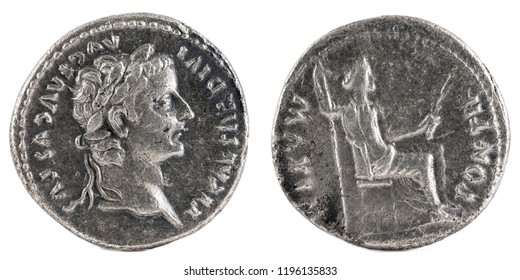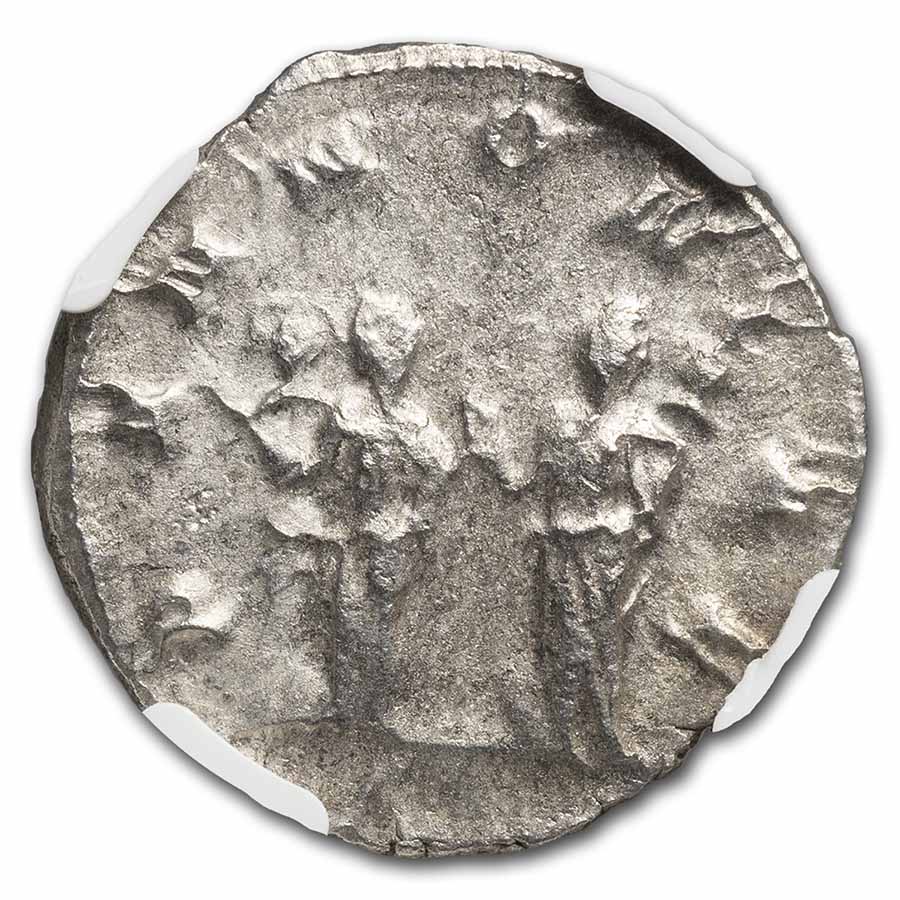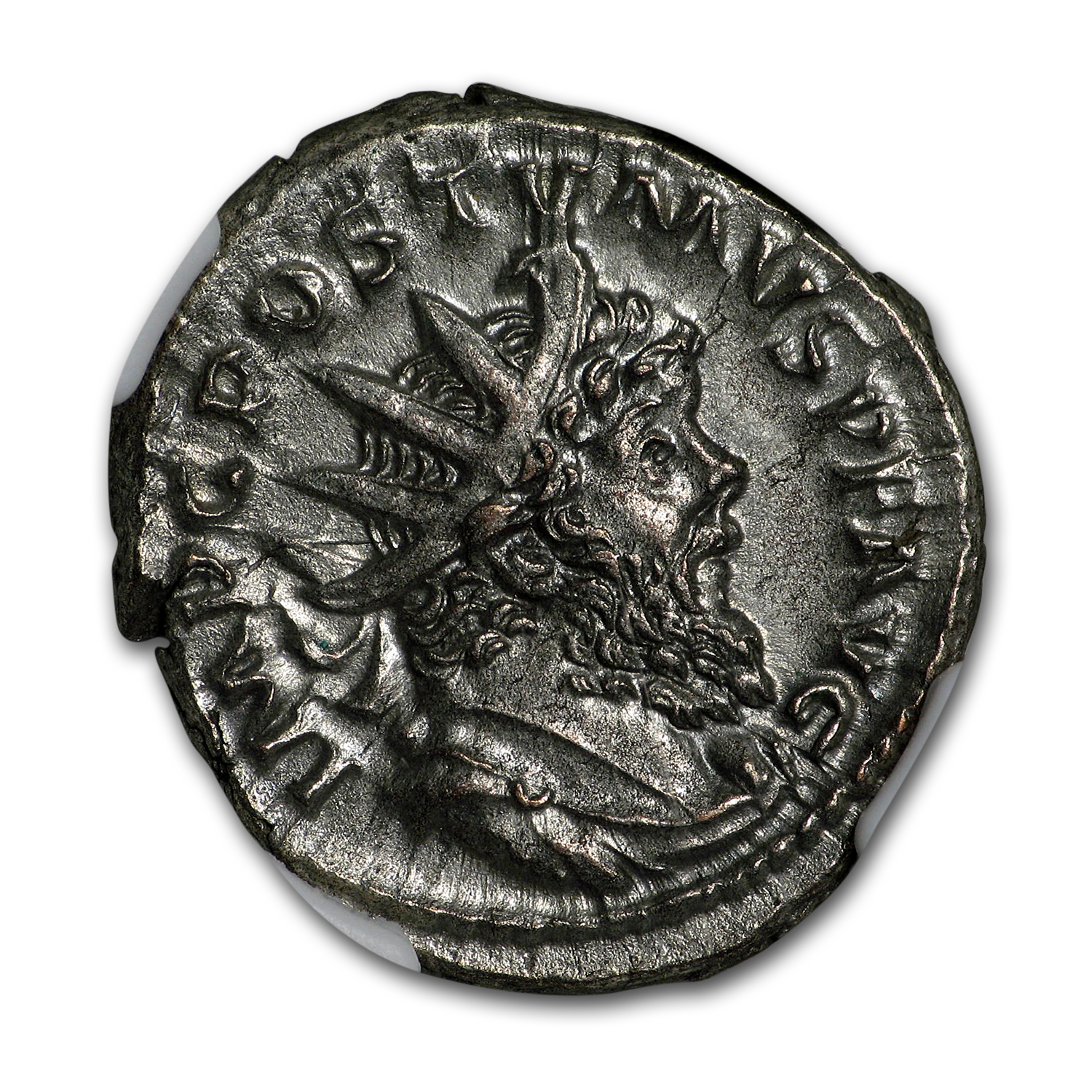
RIC 15 RSC 141a Sear -.Įlagabalus Denarius. PM TR P II COS II PP, Roma seated left, holding Victory and sceptre, shield at her side. IMP CAES ANTONINVS AVG, laureate, draped bust right. IMP CAES ANTONINVS AVG, radiate, draped bust right / PM TR P II COS II PP, Roma seated left on throne, holdinG small Victory and sceptre, shield to lower right. RSC 136.Įlagabalus, AR Antoninianus, Rome. IMP CAES M AVR ANTONINVS AVG, laureate draped bust right / P M TR P II COS II P P, Roma seated left, holding Victory and sceptre shield balanced upright to rear of chair. IMP ANTONINVS AVG, laureate, draped and cuirassed bust right / P M TR P II COS II P P, Roma seated left holding Victory and spear, shield at her side. IMP CAES M AVR ANTONINVS AVG, laureate draped bust right / PONTIF MAX TR P, Roma seated left, holding Victory and sceptre, by her side, a shield.Įlagabalus AR Antoninianus. IMP CAES M AVR ANTONINVS AVG, laureate draped and cuirassed bust right / PONTIF MAX TR P, Roma seated left holding victory and spear.

RIC 5 Sear 7478 Berlin 18204267.Įlagabalus Denarius. PONTIF MAX TR P, Roma seated left, holding Victory and sceptre, shield at her side. IMP CAES M AVR ANTONINVS AVG, laureate, draped and cuirassed bust right. RIC 3b RSC 127 Sear 7528.Įlagabalus, AV Aureus. IMP CAES M AVR ANTONINVS AVG, laureate, draped bust right / PM TRP COS PP, Roma seated left, holding Victory and sceptre, shield at her side. RIC 1 RSC 125.Įlagabalus, AR denarius, AD 218. IMP CAES M AVR ANTONINVS AVG, radiate, draped and cuirassed bust right / P M TR P COS P P, Roma seated left with Victory and sceptre. CONSERVATOR AVG, Emperor standing left by altar before a facing quadriga carrying the baetyl (conical stone) of Emesa, surmounted by an eagle and with parasol to left and right. IMP ANTONINVS PIVS AVG, radiate, draped and cuirassed bust right. The assarion was replaced in 1367 by two other copper denominations, the tournesion and the follaro.Elagabalus, Roman Imperial Coinage reference, Thumbnail Index - īrowsing Roman Imperial Coinage of Elagabalusīrowse the Elagabalus page without thumbnail images. It appears that the designs on the assarion changed annually, hence they display great variations. 3–4 grams and forming the lowest denomination of contemporary Byzantine coinage, being exchanged at 1:768 to the gold hyperpyron. It was a low-quality flat copper coin, weighing ca. 1282–1328) and minted in great quantities in the first half of the 14th century. The as, under its Greek name assarion, was re-established by the Emperor Andronikos II Palaiologos (r. The last as seems to have been produced by Aurelian between 270 and 275 and at the beginning of the reign of Diocletian. It was the lowest valued coin regularly issued during the Roman Empire, with semis and quadrans being produced infrequently, and then not at all sometime after the reign of Marcus Aurelius. The as continued to be produced until the 3rd century AD. During certain periods, no asses were produced at all.įollowing the coinage reform of Augustus in 23 BC, the as was struck in reddish pure copper (instead of bronze), and the sestertius or 'two-and-a-halfer' (originally 2.5 asses, but now four asses) and the dupondius (2 asses) were produced in a golden-colored alloy of bronze known by numismatists as orichalcum. As the weight decreased, the bronze coinage of the Republic switched from being cast to being struck. The as was originally produced on the libral and then the reduced libral weight standard.

This is said to have been a result of financing the Punic Wars.ĭuring the Republic, the as featured the bust of Janus on the obverse, and the prow of a galley on the reverse. The denarius, or 'tenner', was at first tariffed at ten asses, but in about 140 BC it was retariffed at sixteen asses. Earlier Roman silver coins had been struck on the Greek weight standards that facilitated their use in southern Italy and across the Adriatic, but all Roman coins were now on a Roman weight standard.

At about the same time a silver coin, the denarius, was also introduced. After the as had been issued as a cast coin for about seventy years, and its weight had been reduced in several stages, a sextantal as was introduced (meaning that it weighed one-sixth of a pound).


 0 kommentar(er)
0 kommentar(er)
